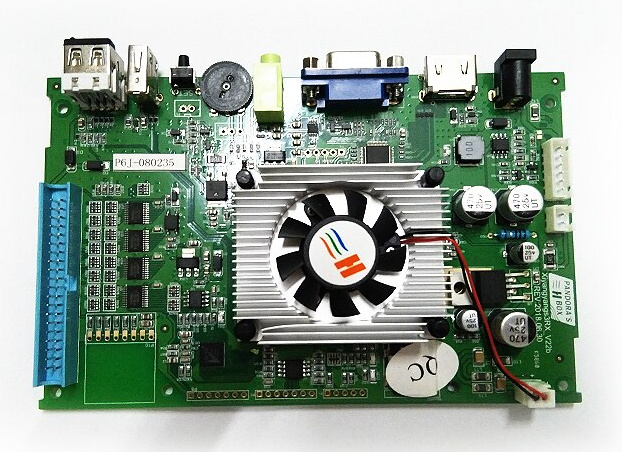I have figured some things out on the Pandora’s Box 6. There is an internal encrypted SD card with the OS and frontends and emulators embedded. All the ROMs, however, are added through a generic USB memory stick, with the official 1300 games as listed on the box:
The movie files almost add up to the right number, 1300, but clearly there are more ROMs than we need to make up the list.
These games appear to use one of two emulators
- Final Burn Alpha 0.2.97.36 (circa 2015)
- MAME v0.106 (circa 2006!)
Which I think is the source of some of this egregious duplication, because a game could be in both emulators? 
The bad news is that there’s a lot of dupes in there, and not much info on which games are the dupes. There are also a small number of games that are too weird because of the emulation to realistically play. The good news is that if you press the small system button on the side, there is a system mode where you can hide games from the list pretty easily – if you know which ones to remove!
I’ve painstakingly gone through and researched it with the help of the excellent Jay Breaks Things blog + Discord and I’ve come up with a meticulously researched spreadsheet which lists all 1300 games, their default category, the rom zip file it matches to, and clearly marks all the dupes:
If you’d like to double check my work, please do!
Here’s the default hard-coded game list of 1300 games, plus category.
pandoras-box-6-default-games.csv (36.6 KB)
Here’s a list of all the 1,628 ROM zip files.
pb6-romlist.txt (41.4 KB)
Almost all of those ROMs are listed in the MAME XML dump you can generate from the mame executable via mame -listxml >listxml.txt. Here’s a compressed version of that.
mame0106.dat.7z (2.4 MB)
I want to make another list of really low quality games that can be hidden as well, but just removing the dupes (183!) and broken stuff is a good start.








